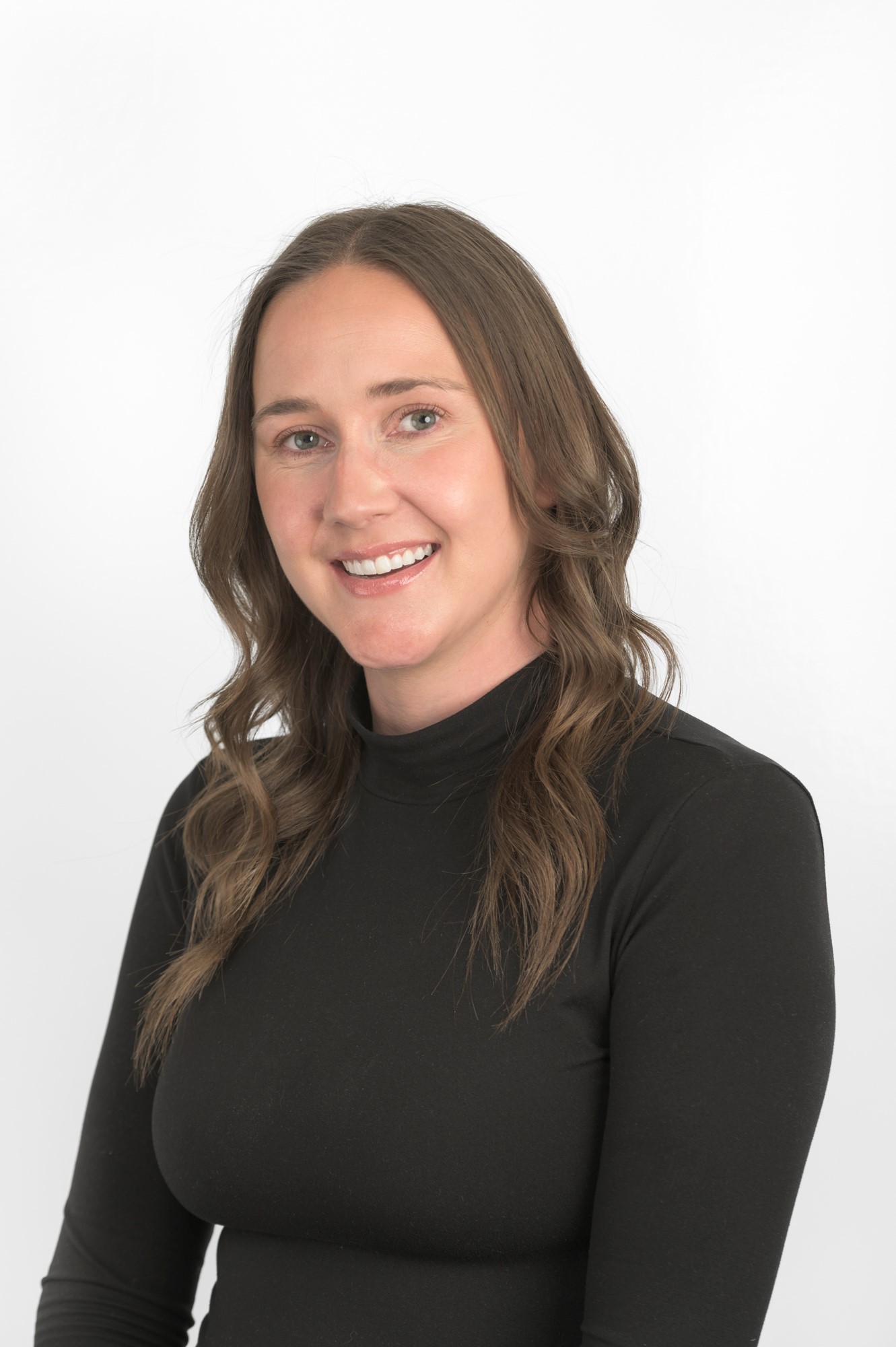
From November 15 to November 17, the Waterloo Eye Institute (WEI) hosted an exceptional event in Markham, Ontario, offering an engaging mix of continuing education (CE) and industry networking opportunities for optometric professionals. Over three days, attendees participated in 20 hours of COPE-accredited CE sessions for optometrists and 6 hours of tailored CE programming for optometric assistants.
The event also included a three-hour trade show on Saturday, featuring more than 30 industry-leading exhibitors showcasing the latest innovations in eye care products and technologies. NextGEN OD Canada Student Ambassadors attended the show
Highlights from the Distinguished Lecture Series
Dr. Etty Bitton: On Friday, Dr. Etty Bitton delivered the prestigious Woodruff Distinguished Lecture, presenting on the differential diagnosis of anterior blepharitis.

A celebrated expert in tear film physiology and dry eye, Dr. Bitton holds a Doctorate in Optometry from the University of Waterloo and a Master’s in Physiological Optics from the Université de Montréal. Currently a full professor and director of the Dry Eye Clinic at the École d’optométrie, she has been a leader in dry eye research and a contributor to global initiatives like TFOS DEWS II. Her presentation was a tribute to Dr. Emerson Woodruff’s legacy, whose contributions helped shape optometry education and research at the University of Waterloo.
Dr. Donald Hood: On Saturday, Dr. Donald Hood took the stage to deliver the 33rd Bobier Distinguished Lecture, titled A Novel Approach to Identifying Glaucoma Based on a Large Real-World OCT Database from Optometry Cases.

Dr. Hood, Professor Emeritus at Columbia University, is a renowned figure in retinal and optic nerve disease research, with nearly 400 publications and numerous accolades, including an honorary degree from SUNY College of Optometry. His lecture honored Dr. Clair Bobier’s pioneering vision for integrating scientific research into optometry education, further solidifying the importance of evidence-based practice in the profession.
Networking and Innovation at the Trade Show
Saturday’s trade show provided a bustling platform for attendees to explore cutting-edge technologies and services from over 30 exhibitors. This interactive session fostered connections between practitioners and industry leaders, further supporting the WEI’s mission of advancing patient care and optometric education.
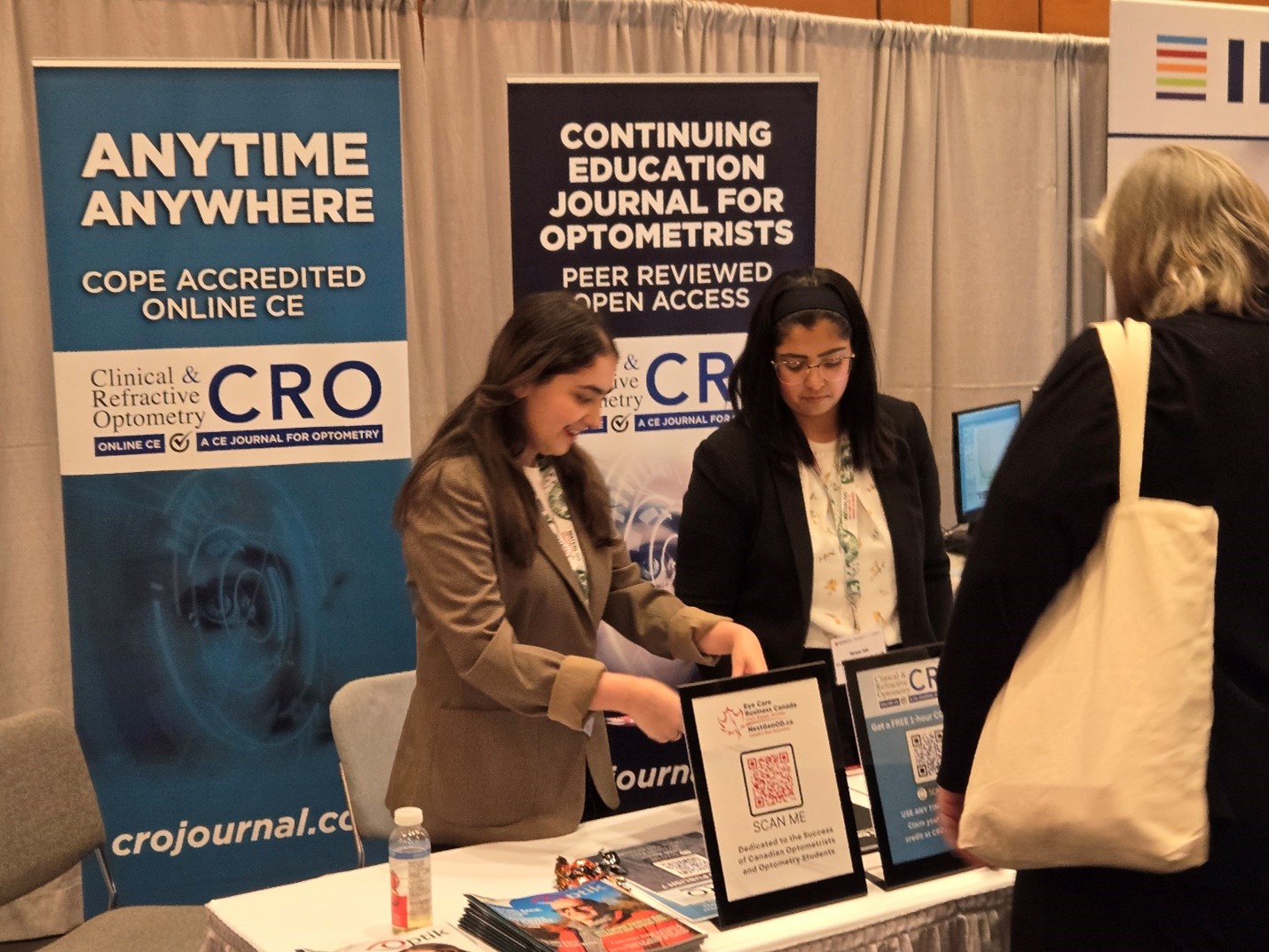
Engaging Panel Discussions
The event concluded on Sunday with a dynamic “Rapid Fire Panel Discussion” on advanced scleral imaging and specialty contact lens technology. Moderated by Drs. Chelsea Bray, Shalu Pal, and Vishakha Thakrar, the panel provided practical insights and innovative approaches to enhancing patient outcomes through emerging lens technologies.
Looking Ahead
The success of the WEI’s November event underscores its commitment to fostering collaboration, education, and innovation within the optometric community. With initiatives like these, the WEI continues to pave the way for advancements in vision science and patient care, benefitting practitioners and patients alike across Canada.
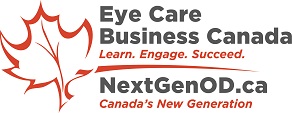

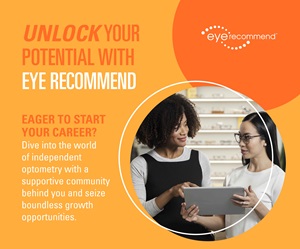









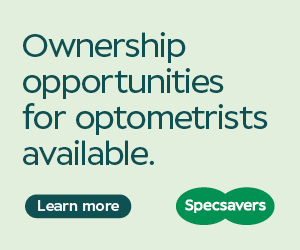



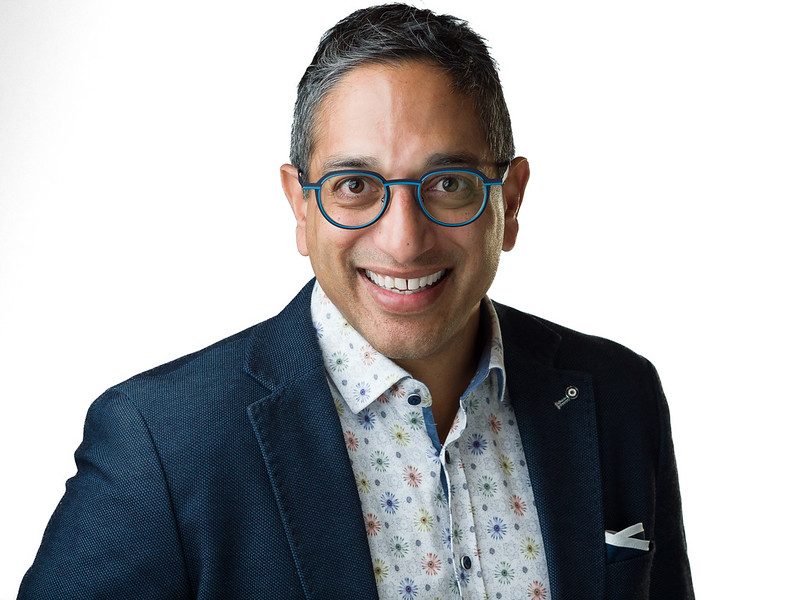
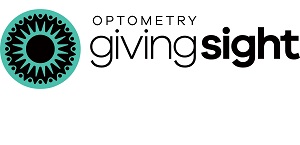
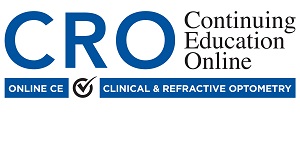
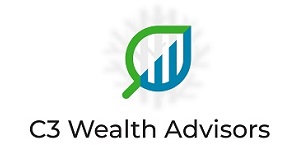
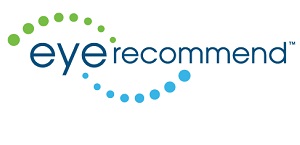
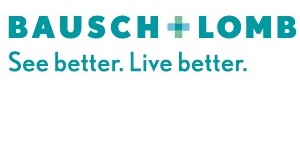
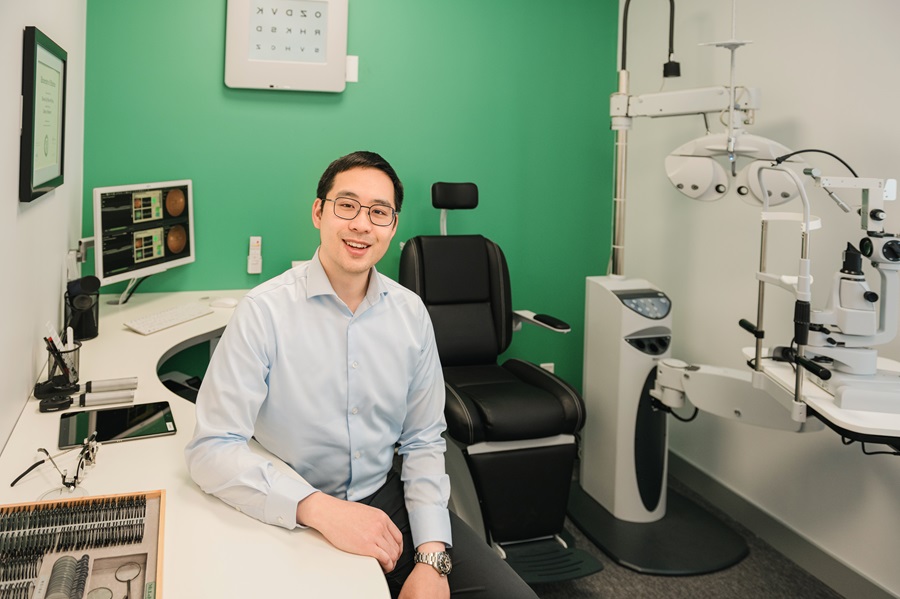
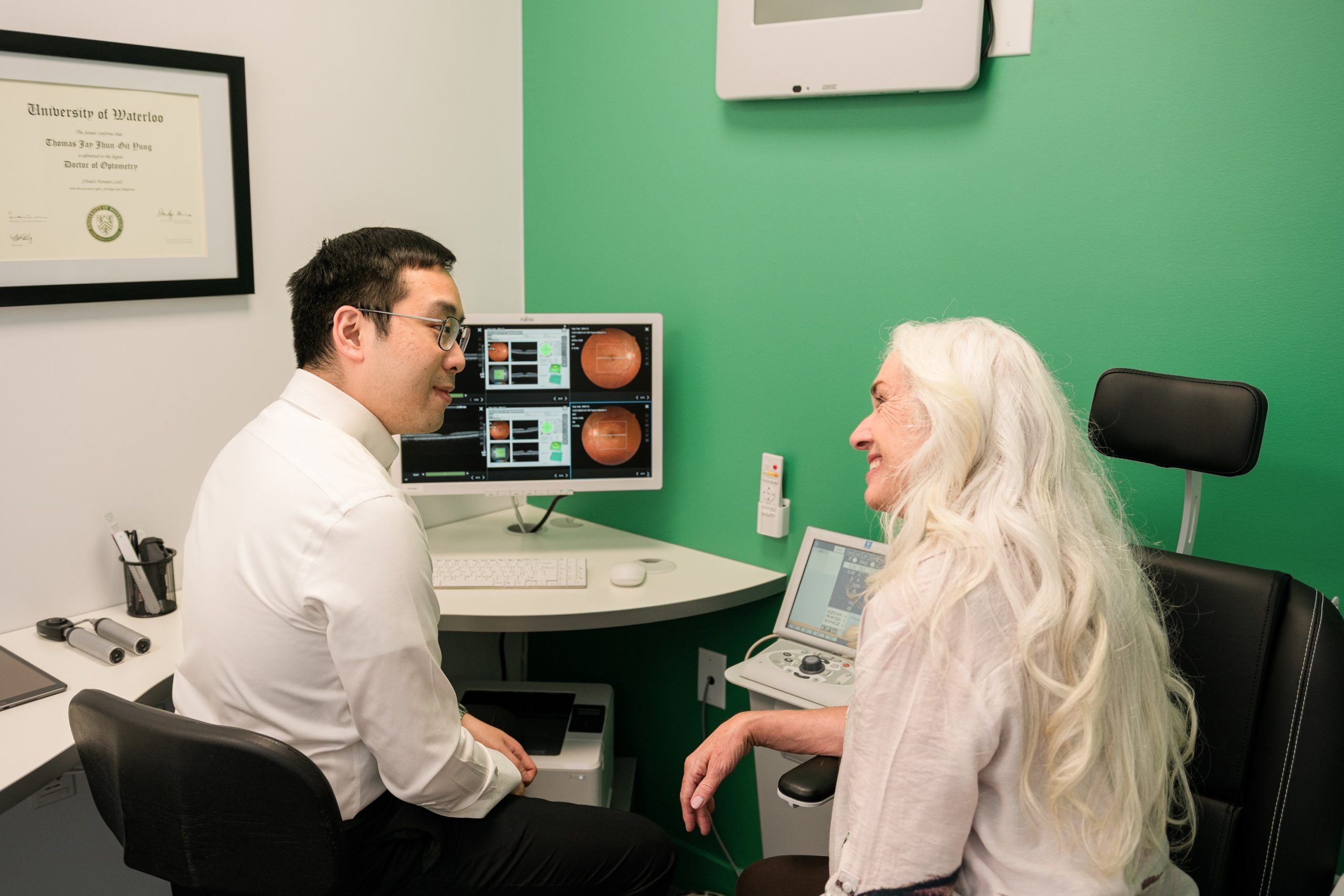




 Turn your aspirations into reality with guidance from our expert coaches. They’ll help you set clear business objectives, pinpoint your target market, and devise an effective strategy.
Turn your aspirations into reality with guidance from our expert coaches. They’ll help you set clear business objectives, pinpoint your target market, and devise an effective strategy. Achieving success in optometry requires more than just clinical prowess; robust management skills are just as critical. This program provides hands-on coaching in vital areas such as finance, operations, and business development, ensuring a comprehensive approach to practice management.
Achieving success in optometry requires more than just clinical prowess; robust management skills are just as critical. This program provides hands-on coaching in vital areas such as finance, operations, and business development, ensuring a comprehensive approach to practice management. The path of entrepreneurship is full of challenges, but you won’t be alone. Our coaches offer continuous encouragement and support, empowering you to unlock your potential and tackle obstacles confidently.
The path of entrepreneurship is full of challenges, but you won’t be alone. Our coaches offer continuous encouragement and support, empowering you to unlock your potential and tackle obstacles confidently. Vision Entrepreneur connects you to a vast optometry community. Our coaches introduce you to professionals, mentors, and investors. By expanding your professional network and resources, they open doors to clinic acquisition opportunities.
Vision Entrepreneur connects you to a vast optometry community. Our coaches introduce you to professionals, mentors, and investors. By expanding your professional network and resources, they open doors to clinic acquisition opportunities. Develop marketing and sales strategies that attract and retain clients. By adjusting a game plan to your niche and budget, our coaches guide you to create compelling marketing materials and targeted sales strategies while enhancing your online presence.
Develop marketing and sales strategies that attract and retain clients. By adjusting a game plan to your niche and budget, our coaches guide you to create compelling marketing materials and targeted sales strategies while enhancing your online presence. Starting an optometry practice involves a deep understanding of the legal and regulatory landscapes. Our program offers expert advice and links you with legal professionals to ensure full compliance with all regulations.
Starting an optometry practice involves a deep understanding of the legal and regulatory landscapes. Our program offers expert advice and links you with legal professionals to ensure full compliance with all regulations. Balancing the demands of entrepreneurship without compromising personal well-being is crucial. Our coaches provide strategies to help you manage stress and maintain a healthy balance, ensuring you thrive both personally and professionally.
Balancing the demands of entrepreneurship without compromising personal well-being is crucial. Our coaches provide strategies to help you manage stress and maintain a healthy balance, ensuring you thrive both personally and professionally. Transform the dream of a successful optometry practice into reality with Vision Entrepreneur. Ready to take the first step toward a successful optometry practice? Visit us today to learn more.
Transform the dream of a successful optometry practice into reality with Vision Entrepreneur. Ready to take the first step toward a successful optometry practice? Visit us today to learn more.


 Dr. Buzea at the opening of his Specsavers store and independent clinic at Southcentre Mall in Calgary, AB.
Dr. Buzea at the opening of his Specsavers store and independent clinic at Southcentre Mall in Calgary, AB.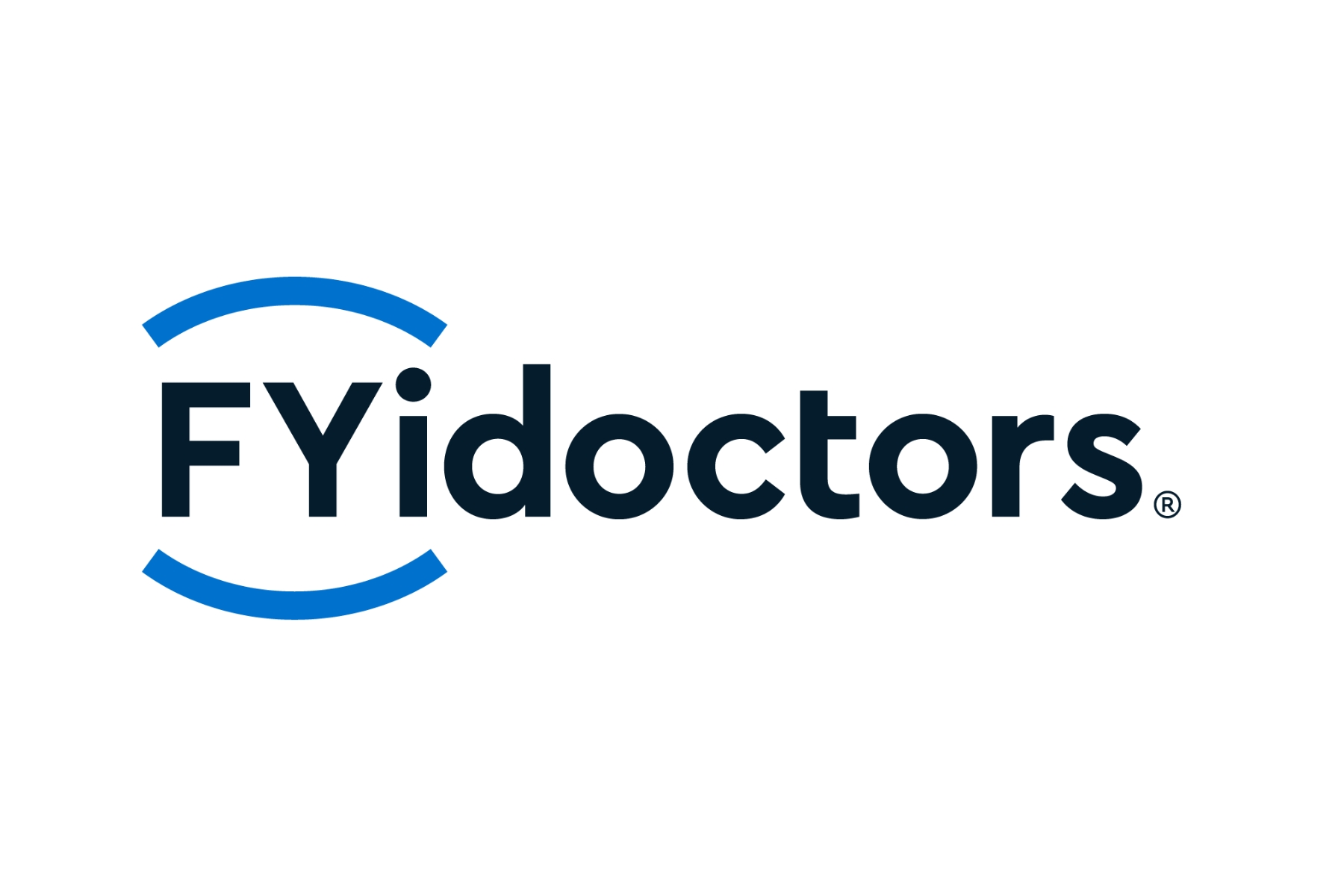
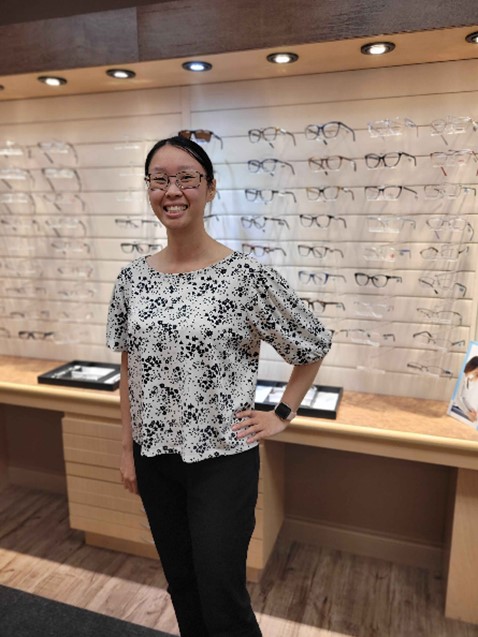 “Participating in the summer student program at FYidoctors was an amazing hands-on and inspiring experience. I appreciated the flexibility to choose whether I wanted to work at the reception or the dispensary, allowing me to tailor the program to my interests and refine any skills that I wanted to improve. Guest speakers, including experienced doctors with special interests, provided us with insightful presentations each week that broadened and deepened my understanding of the field. This program truly offered a customizable and enriching experience that has left me more excited for my future career.”
“Participating in the summer student program at FYidoctors was an amazing hands-on and inspiring experience. I appreciated the flexibility to choose whether I wanted to work at the reception or the dispensary, allowing me to tailor the program to my interests and refine any skills that I wanted to improve. Guest speakers, including experienced doctors with special interests, provided us with insightful presentations each week that broadened and deepened my understanding of the field. This program truly offered a customizable and enriching experience that has left me more excited for my future career.” 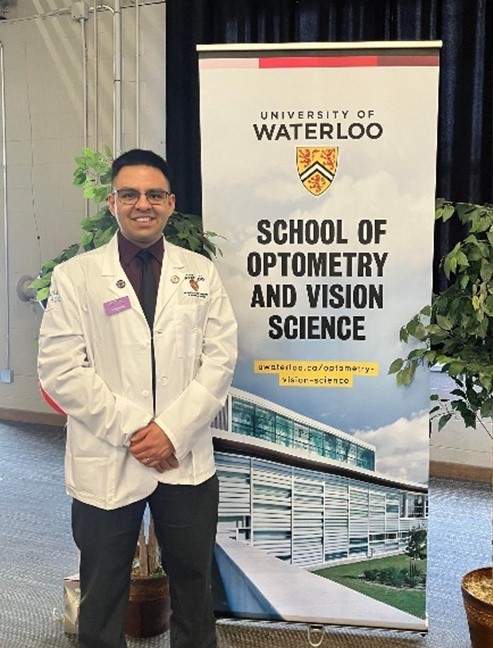
 “The FYidoctors Summer Student Program gave me the opportunity to enhance my clinical skills, particularly with patient communication and the use of diagnostic tools like the OCT and Humphrey Visual Field. It was valuable to shadow ODs during complex eye exams as well as having the opportunity to practice the skills I had learned in school like retinoscopy and refraction. The discussions I had with the seasoned professionals at a rural clinic not only boosted my confidence in my skills but also deepened my understanding of the importance of trust in the patient-doctor relationship. The advice and mentoring I received this summer led to an invaluable learning experience.”
“The FYidoctors Summer Student Program gave me the opportunity to enhance my clinical skills, particularly with patient communication and the use of diagnostic tools like the OCT and Humphrey Visual Field. It was valuable to shadow ODs during complex eye exams as well as having the opportunity to practice the skills I had learned in school like retinoscopy and refraction. The discussions I had with the seasoned professionals at a rural clinic not only boosted my confidence in my skills but also deepened my understanding of the importance of trust in the patient-doctor relationship. The advice and mentoring I received this summer led to an invaluable learning experience.”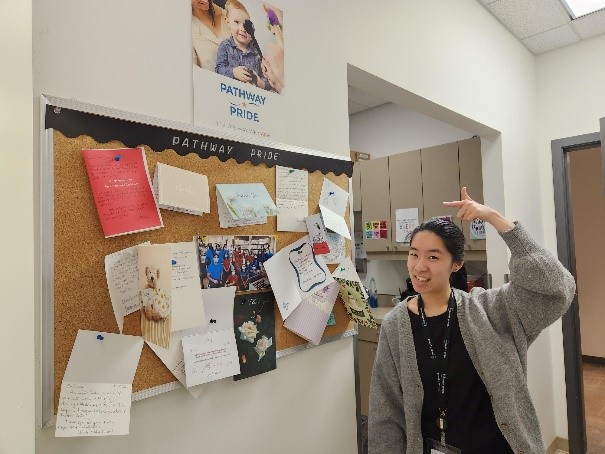 “I had an amazing experience participating in the FYidoctors Summer Student Program after my first year of optometry school. It was a fantastic opportunity to work in a clinic, observe the patient pathway, and apply what I learned in school into what I was learning in clinic. Because there are many FYidoctors locations across Canada, I am fortunate to be able to work and provide care to patients within my community. I was also able to connect with optometrists in my clinic. During the program, I was able to work and shadow the doctors, opticians, pre-screen, and front desk staff. I was also able to meet and learn from other doctors and peers in the program through weekly lunch hour socials and presentations. It is a truly rewarding and enriching 3-month experience interacting with patients and learning more about optometry!”
“I had an amazing experience participating in the FYidoctors Summer Student Program after my first year of optometry school. It was a fantastic opportunity to work in a clinic, observe the patient pathway, and apply what I learned in school into what I was learning in clinic. Because there are many FYidoctors locations across Canada, I am fortunate to be able to work and provide care to patients within my community. I was also able to connect with optometrists in my clinic. During the program, I was able to work and shadow the doctors, opticians, pre-screen, and front desk staff. I was also able to meet and learn from other doctors and peers in the program through weekly lunch hour socials and presentations. It is a truly rewarding and enriching 3-month experience interacting with patients and learning more about optometry!”